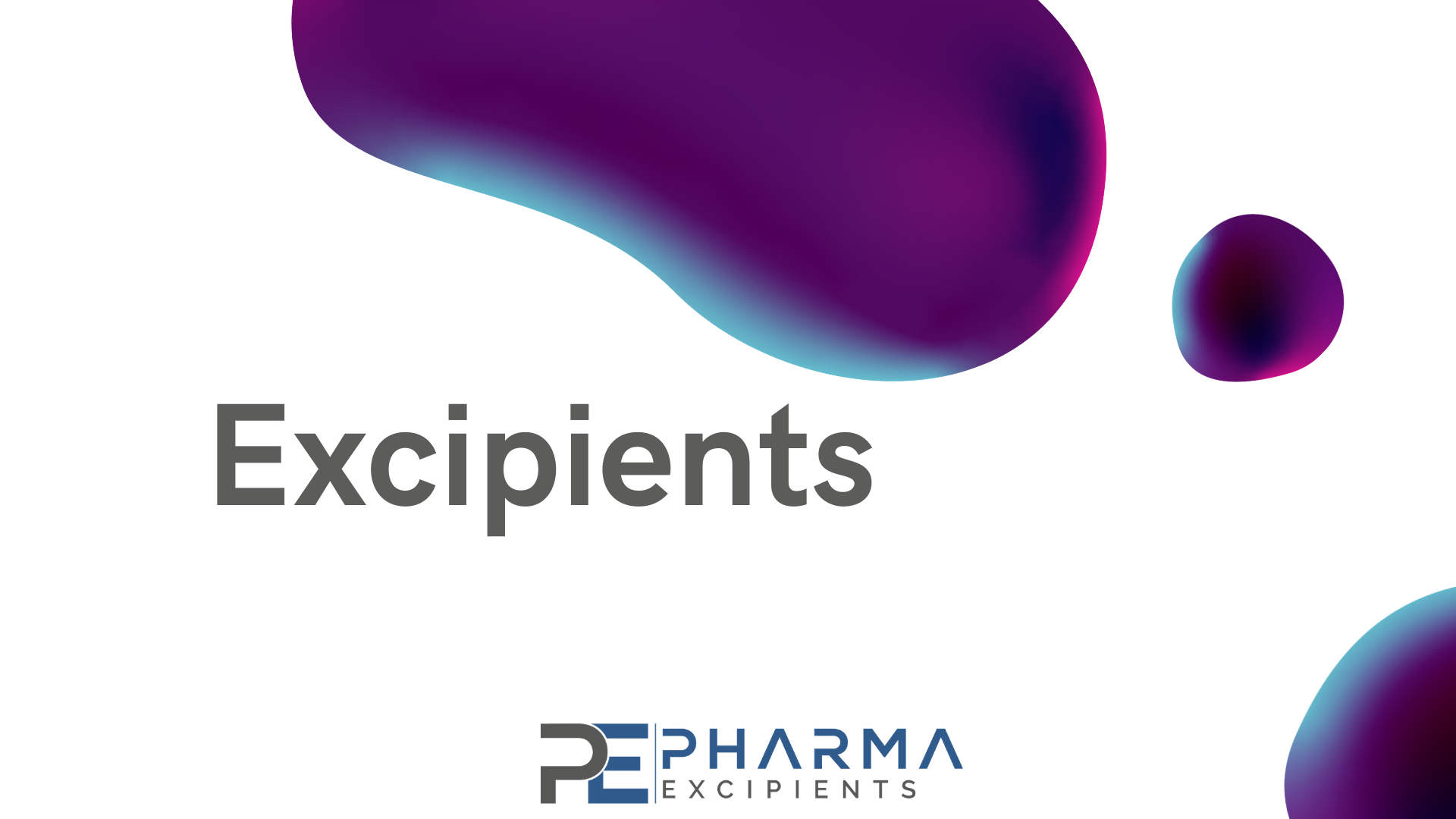Dermal Pharmacokinetics of rivastigmine-loaded liposomes: an Ex vivo- in vivo correlation study

The aim of the present study was to develop a topical liposomal formulation as a transdermal delivery of rivastigmine for the treatment of Alzheimer disease as an alternative to the oral dosage form and to achieve smooth continuous drug delivery and maintain plasma levels within the therapeutic window. Rivastigmine-loaded liposomes were prepared by a thin layer hydration technique that was applied in Ex vivo- in vivo correlation study. Permeability parameters through rat skin in Ex vivo study and pharmacokinetic parameters in the in-vivo study were evaluated. The Ex vivo permeation study showed that liposomes provided steady-state flux 0.11 ± 0.01 mg/cm.h that was more than 2-fold the aqueous control. In the in vivo experiments, after topical application of optimized rivastigmine liposomes, the Cmax 208 ng/ml and AUC0-24 3605 (ng.h/ml) were also significantly higher than the control group (both P < 0.01). A point-to-point significant linear correlation was found between ex vivo- in vivo parameters, meaning in vivo pharmacokinetic parameters can be predicted by Ex vivo permeation parameters. These data suggest that a liposomal formulation could be an effective carrier to enhance rivastigmine permeation through the skin and maintain plasma levels within the therapeutic window. Continue reading here
Keywords: rivastigmine, percutaneous absorption, liposome, transdermal drug delivery, Ex vivo- in vivo correlation, Oleic acid, propylene glycol, polyethylene glycol (PEG), and poloxamer F127 (Poloxamer), Caprylocaproyl polyoxyl-8 glycerides (Labrasol®) and Oleoyl polyoxyl-6 glycerides NF (Labrafil®)

